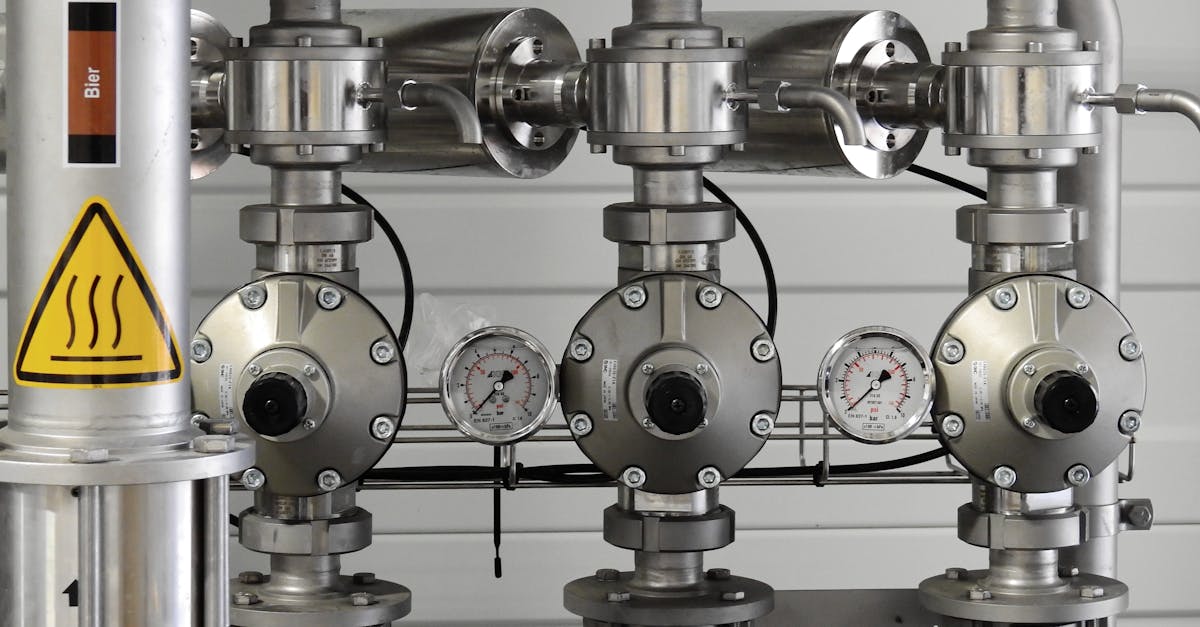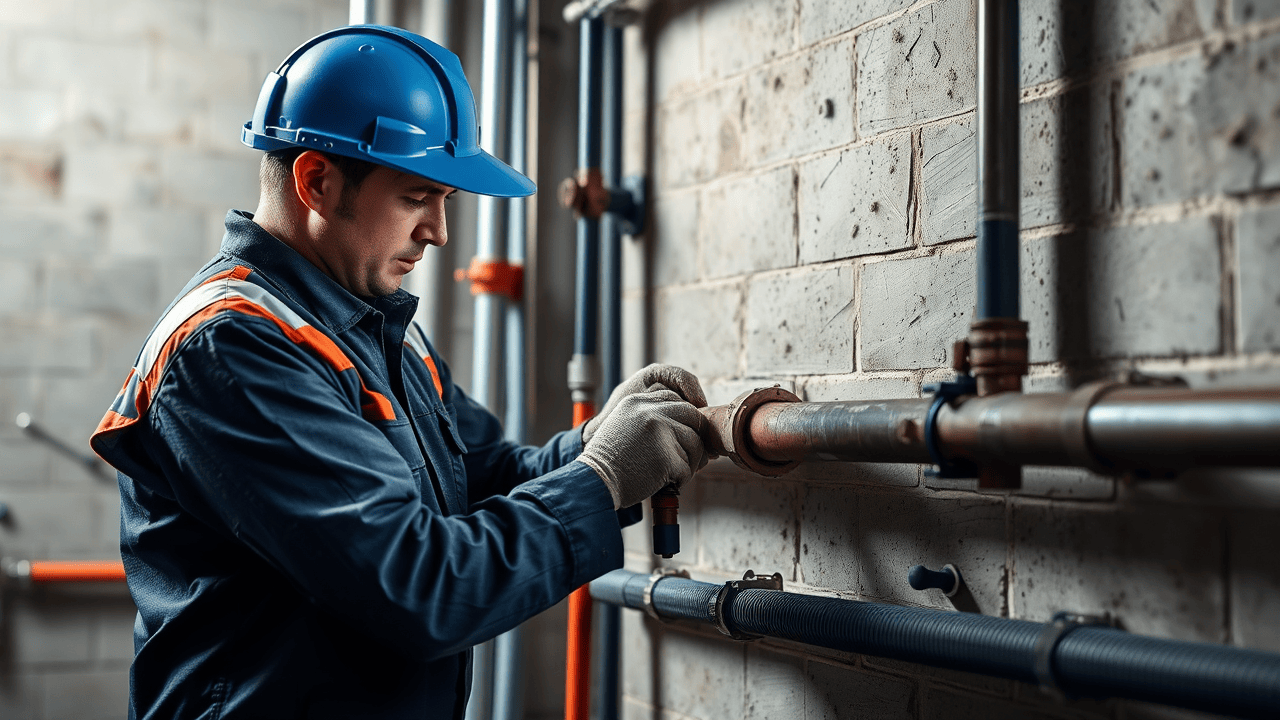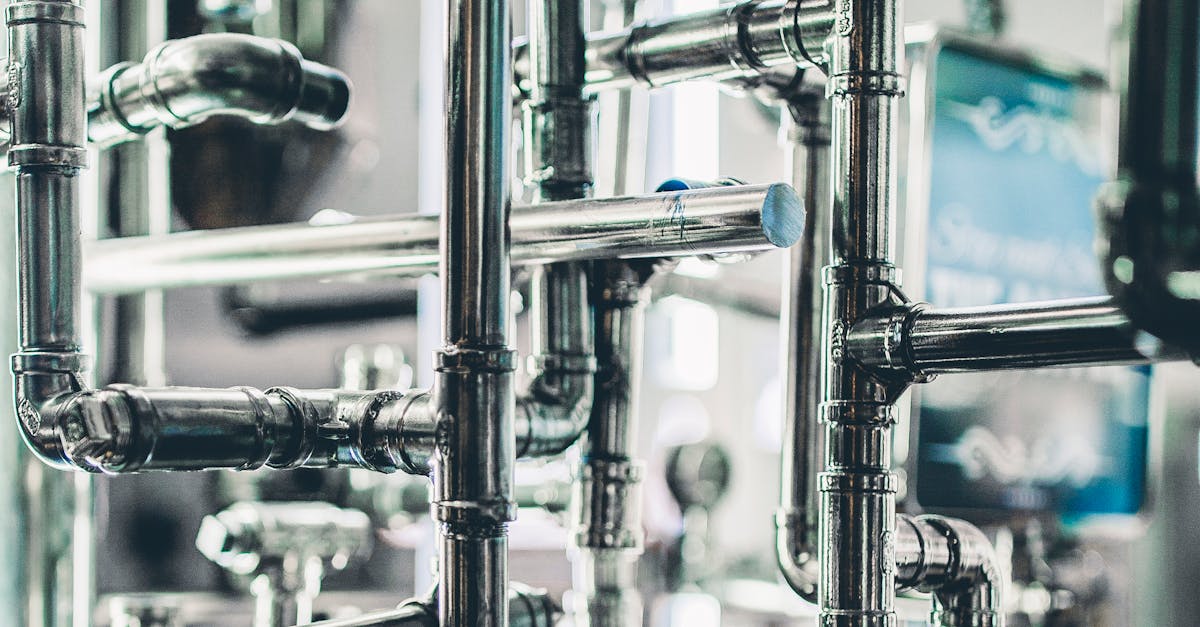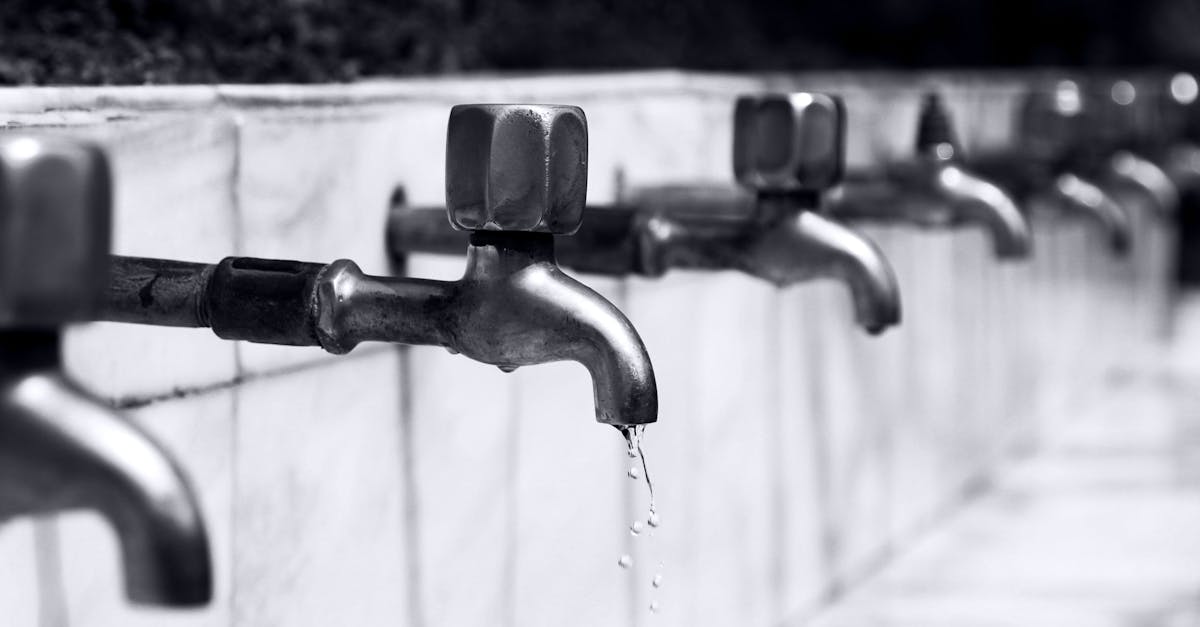
Tools Used in Pipe Repair
Pipe installation and repair in various settings requires a specific set of tools to ensure effective and efficient work. A pipe wrench is among the most crucial tools, providing the necessary grip for turning and holding pipes during installation or repair. Pipe cutters are essential for making clean cuts in pipes, while adjustable wrenches can help with various joint configurations. Additionally, pliers and hacksaws serve as versatile hand tools that can tackle different materials and tight spaces, allowing professionals to navigate complex plumbing systems.
Beyond basic hand tools, more specialized equipment is also important in pipe repair tasks. A soldering torch is critical for joining copper pipes, while a slip joint plier aids in connecting different fittings. For sewer issues, plumbers often use pipe inspection cameras to diagnose problems without invasive procedures. These tools help ensure that pipe installation and repair in any situation is performed with precision, minimizing the risk of future leaks or damage.
Essential Equipment for Professionals
Professionals engaged in pipe installation and repair require a variety of specialized tools to ensure effective and efficient work. Pipe wrenches and tubing cutters are among the basic tools that every plumber should have. These tools assist in manipulating and cutting various types of pipes, ensuring that fittings can be securely fastened. Additionally, a pipe inspection camera can help assess the condition of existing pipes, allowing for informed decision-making during repairs.
Beyond basic tools, professionals often rely on more advanced equipment for specific tasks. A trenchless technology system enables repairs and installations without extensive digging, reducing disruption and allowing for quicker project completion. Hydro jetting equipment is also crucial for clearing clogged pipes, utilizing high-pressure water to dislodge blockages. Such tools and techniques enhance the quality of pipe installation and repair in residential and commercial settings, ensuring longevity and reliability.
Cost Factors for Pipe Repairs
Several cost factors influence the price of pipe repairs, including the extent of damage and the materials required. For straightforward leaks, the repairs may be quicker and less expensive. In cases of significant pipe failure, a more extensive repair or replacement may be necessary, driving up costs.
Labor charges also play a significant role in total expenses. Professional plumbers typically charge by the hour, with rates varying based on location and experience. Pipe installation and repair in urban areas may incur higher labor costs compared to rural regions due to demand and living expenses. It's crucial to consider these elements when planning for pipe maintenance or emergency repairs.
Breakdown of Potential Expenses
The costs associated with pipe installation and repair can vary significantly based on several factors. Labor costs often make up a substantial portion of the total expense. When hiring professionals, their hourly rates and the complexity of the job can affect the final bill. Material quality also plays a critical role in determining costs. Higher-quality pipes and fittings might require a larger initial investment but can reduce future maintenance expenses.
In addition to labor and materials, location can influence pricing. Urban areas tend to have higher labor rates compared to rural settings. Unexpected challenges such as accessibility issues or the need for additional permits may add to the overall price. For those considering pipe installation and repair in residential or commercial spaces, it's essential to factor in these variables when budgeting for the project.
Preventative Measures for Pipe Care
Regular maintenance is crucial in ensuring the longevity of your plumbing system. Schedule periodic inspections to identify any signs of wear or damage before they escalate into more significant problems. Cleaning the pipes helps eliminate buildup that can lead to blockages. Pipe installation and repair in different environments may require specific attention, especially in areas exposed to extreme temperature fluctuations. Utilizing insulated materials and making necessary adjustments can prevent freeze and burst incidents during colder months.
Another effective preventative measure is monitoring your water pressure. High water pressure can strain your pipes, leading to leaks and eventual breakage. Installing a pressure regulator can help maintain optimal levels, reducing stress on the plumbing system. Implementing simple lifestyle changes, such as disposing of grease properly and using drain strainers, can also significantly impact the condition of your pipes. Regular awareness of these factors contributes significantly to the overall health of your plumbing infrastructure.
Tips for LongTerm Pipe Health
Maintaining your plumbing system's health requires regular attention and proactive measures. Homeowners should consider scheduling routine inspections to catch potential issues before they escalate. Familiarity with the signs of leaking or corrosion can also help in early detection. Properly insulating pipes during colder months prevents freezing, which can lead to costly repairs. Additionally, being mindful of what goes down the drains and toilets helps avoid clogs that may require immediate pipe installation and repair in case of damage.
Using high-quality materials during initial installation makes a significant difference in durability. Opting for improved fittings and sealants reduces the chance of breakdowns over time. Regularly testing water pressure ensures that your plumbing system operates efficiently. Implementing preventative maintenance routines, such as cleaning gutters and ensuring proper drainage around the foundation, protects pipes from external damage. Investing time in learning about your plumbing system pays off by extending its lifespan and reducing the frequency of pipe installation and repair in the future.
FAQS
Who is responsible for fitting and repairing pipes?
Typically, licensed plumbers are responsible for fitting and repairing pipes. They have the necessary training and expertise to handle various plumbing issues.
What tools are commonly used in pipe repair?
Common tools used in pipe repair include pipe wrenches, pliers, pipe cutters, soldering kits, and sealing compounds. Each tool serves a specific purpose in the repair process.
How much does it generally cost to repair pipes?
The cost of pipe repairs can vary widely depending on factors such as the extent of the damage, the type of pipe, and labor costs. On average, repairs can range from a few hundred to several thousand dollars.
What preventative measures can I take to maintain my pipes?
To maintain your pipes, you can regularly check for leaks, avoid pouring grease down drains, insulate pipes in colder areas, and schedule routine inspections with a plumbing professional.
When should I call a professional for pipe repairs?
You should call a professional for pipe repairs if you notice persistent leaks, significant water pressure changes, or if you encounter plumbing issues beyond your expertise, as these can indicate more serious problems.


